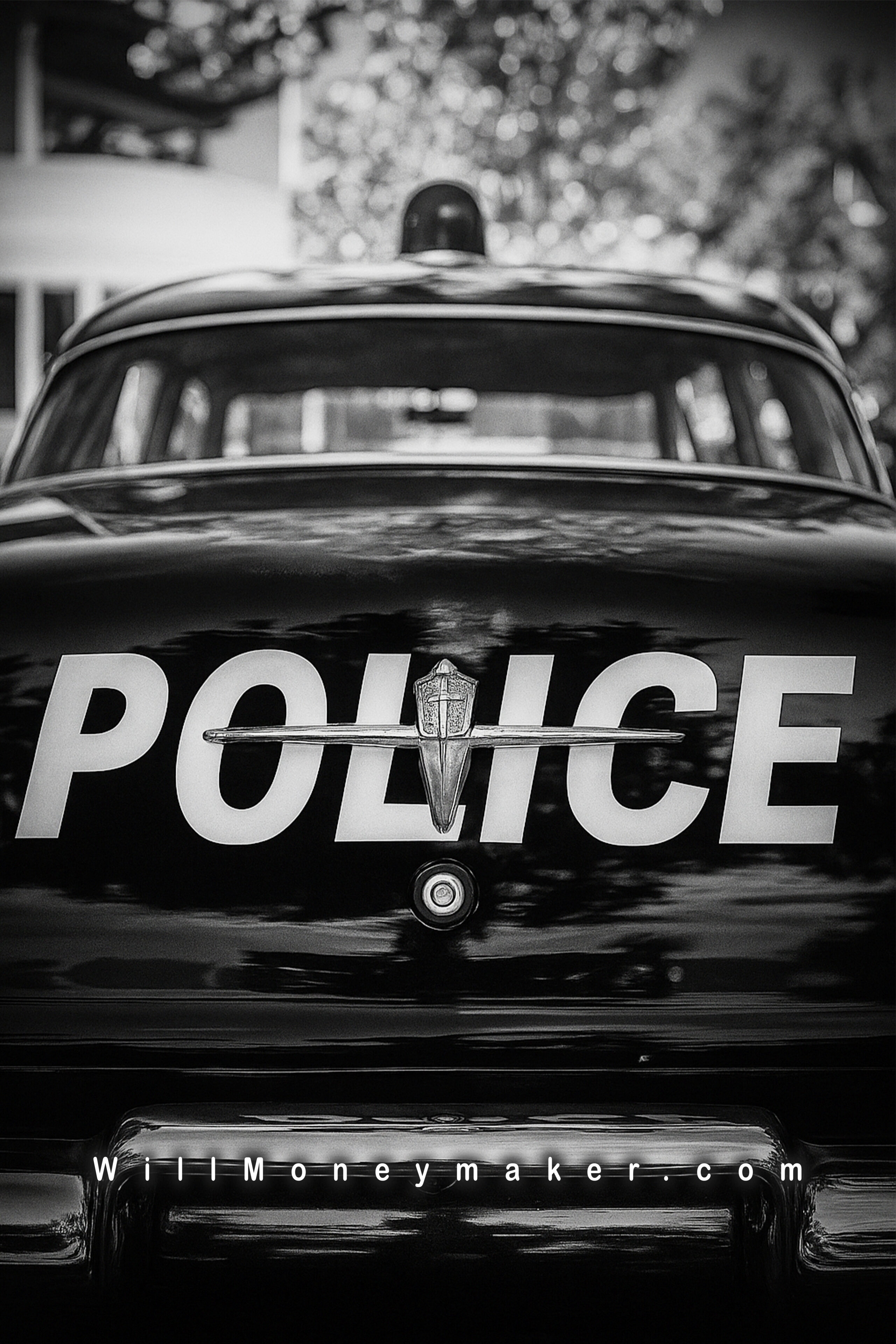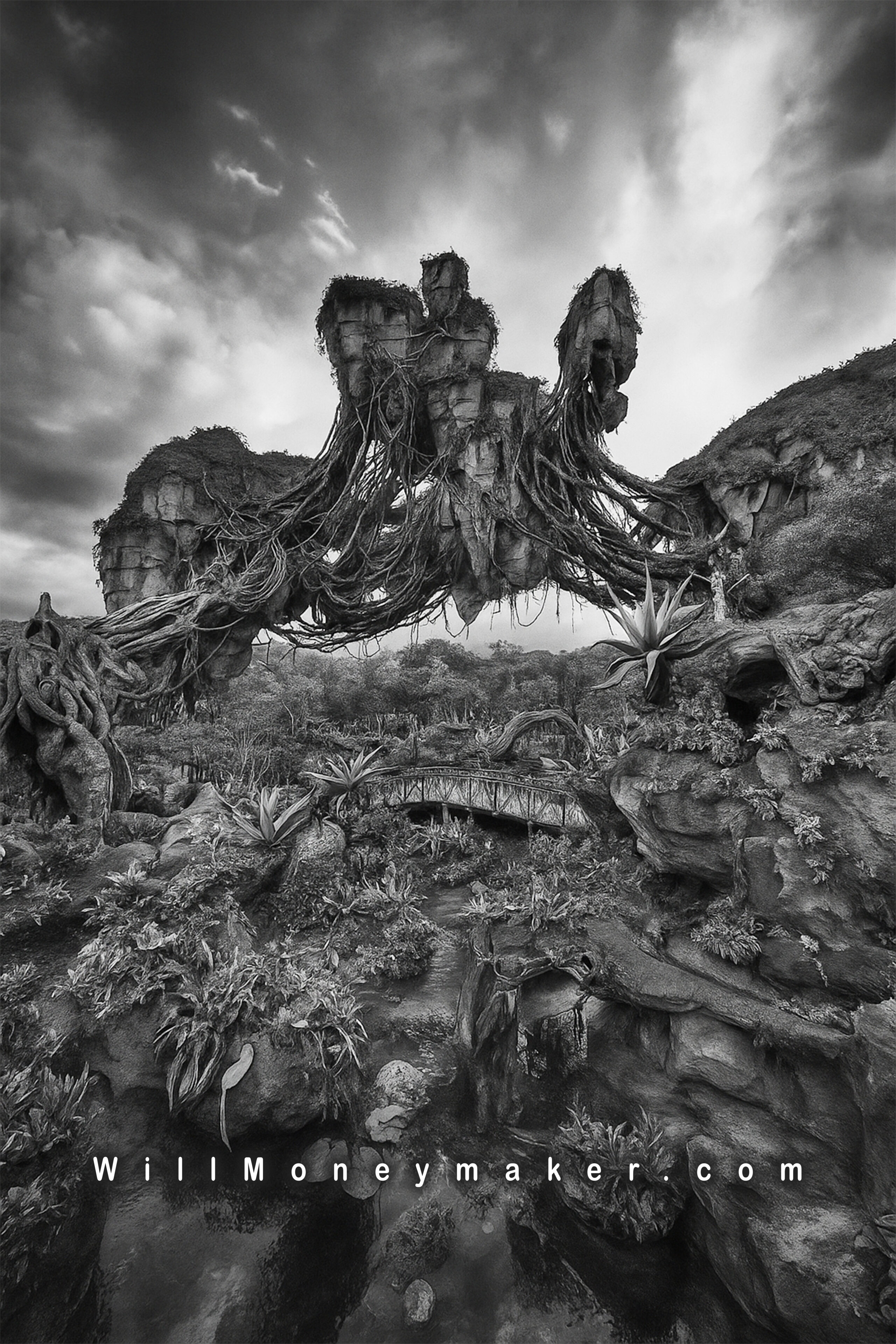There are certain expectations when it comes to viewing art. Consider times when you have visited museums or galleries to view the work of famous artists. What was the experience like? In many cases, you come away awed. You feel as if you’ve really gained something, a new perspective, a new bit of inspiration, some kind of knowledge or insight that you didn’t know you had prior to viewing the work.
Other times, you finally get to see the famous photographs or the famous paintings in person and, well, your expectations and the real thing are entirely different. The things you thought you would see, the things you thought you would feel — it just doesn’t happen, for one reason or another. You come away with a sense of disappointment. It feels like a letdown, to view work that is famous, that has been discussed by everyone who is anyone in the art world, and to not take from it that which everyone else seems to have gained.
This is a theme that occurs not only when you view famous works but also sometimes when you view your own work. You spend time and mental energy lovingly creating photographs but when those prints come back, you find yourself disappointed. Your expectations for your work and the reality of the printed piece simply don’t mesh.
Why does this happen? Let’s take a look at this phenomenon to learn what causes it and how you can overcome it, both when viewing the work of others and when viewing your own work.
Disappointment with Famous Photographs
When it comes to famous photographs, especially older works, the problem generally boils down to one of two things. Sometimes, the fault comes from technological limitations. If you look at famous works that are decades old, you may notice that the images aren’t as sharp as modern images, that colors aren’t rendered so beautifully, that the prints have more noise or a lower dynamic range. And it all comes down to the technology that photographers of yesteryear had to work with. They didn’t have the modern wonders that we call DSLRs, nor did they have all of the rest of our technology.
Other times, your disappointment may stem from things like compositional issues. This is an issue that I often run into. The older the photograph, the more likely you are to find distracting elements like branches that are intruding on the corners of the frame or a composition that doesn’t follow the Rule of Thirds exactly as you might have composed the image.
Problems that are technological in nature are easier to get past once you look at the images in the context of the period in history that they were taken. Once you step back and think about the technology that those photographers worked with, it is easier to appreciate the art for what it is and realize that, of course, the photographs are not going to be as sharp as modern photographs because the technology simply wasn’t there.
But what about compositional issues? If you look back all the way to the dawn of photography as an art form, you’ll begin to see that many images are not composed to modern standards. Why? Because in those days, photography was a new art, one that hadn’t yet been shaped and molded to the artistic standards of the great painters or sculptors.
To someone like Ansel Adams, for instance, it may not have mattered that there was an intrusive branch in the corner of the frame. The important part, to a photographer like him, was that no one had ever done what he did. When he stood in a location and took a photograph, he was truly pioneering. Today, we like to say that all photographs have already been taken, that it is impossible to find completely original subject material because chances are, someone else has already photographed it. That wasn’t true for photographers of Adams’ ilk. The photographs that he took were, quite literally, photographs that had never been taken before. Things like intrusive branches didn’t matter so much, in light of all that.
And, on top of it, it helps to think of some of the other limitations that early photographers faced. Obviously, there was no such thing as Photoshop and the clone stamp tool. Where you or I might simply eliminate a branch digitally without a second thought, that wasn’t an option for someone like Adams. Even to retake the photo without the branch took too much time and too many resources. Moreover, with photography only just getting started as an art form, there weren’t all the critics that exist today, the people that will happily point out that distracting branch along with any other flaws they spot. As we all know, without constructive criticism — and lots of it — it is difficult to improve.
Disappointment in Your Own Work
Now comes the disappointment with your own work. We, of course, cannot claim the things that yesterday’s photographers can claim. We do have the technology, the digital editing software, and any number of critics to help us. In short, we have access to the things we need to make photographs perfect. And yet, when your images are finally printed, sometimes you are left disappointed with the results.
For me, at least, I think that a lot of this disappointment comes from the transition between my backlit LCD monitor and photo paper. For the most part, to me, anyway, images look a bit nicer on the screen. With the backlighting, they’ve got a glow, a liveliness to them. I can zoom in or out as much as I like to look at specific parts of the image. I can manipulate the image in any way that I desire, to the point that, much of the time, I’m not taking in the whole image — only a small portion of it.
Worse still is when I have prints made that are physically larger than my monitor. When you look at the entirety of an image on a standard sized monitor, you won’t see the slight blur that you may see when that image is printed at, say, the 30×40 size. On the monitor, the image looks better because it is smaller — at least, when you’re not zoomed in and looking at small sections of the image.
In the same way that it helps to remember context with historic photographs, it helps to remember context with your own photographs. Don’t get too wrapped up in your expectations before the print is actually made. Realize that your prints may appear duller because they lack backlighting. Realize that the print itself is going to look something different from what you see on the screen. Larger prints may appear softer than you thought they might.
And, that’s OK. Most people aren’t going to stand with their noses an inch away from your prints. They’ll be at a distance. They’re not going to see the slight softness or the bit of noise that comes from enlargement. They’ve also not seen it on a backlit screen, so they’re not going to know what it looked like digitally.
What’s more, there is some comfort to be had in the idea that you were the photographer. This means that, if all else fails, if you simply cannot reconcile the differences between what you saw on your monitor and the print itself, well, you can always go back and recreate the photograph. At least, I always find comfort in the idea that if I’m truly disappointed with a photograph I’ve made, I can learn from the experience and make a point to do better next time.
Your expectations and what really is won’t always match. When it happens, think about the things that are causing your sense of disappointment. Often, the issue is not with the photograph itself but with the way you are thinking about it.






